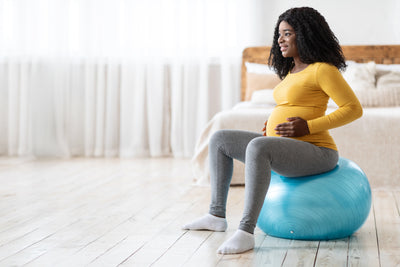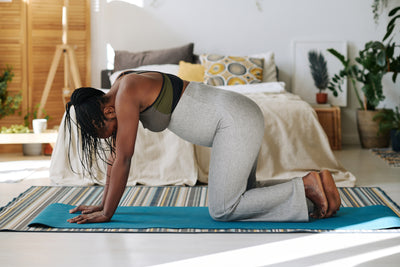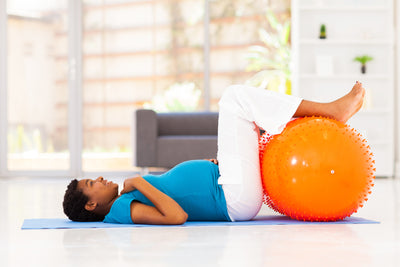Spend enough time working out and you’re going to hear someone use the words mobility and flexibility interchangeably. The problem is those things are not the same. Knowing the difference between the two can help reduce your risk of injury.
Flexibility is the ability for muscles to lengthen passively through a range of motion, while mobility is the ability for joints to actively move through the full range of motion. When you think of flexibility, think of being able to hold a figure four stretch; mobility is lifting your leg and bringing it back down. Flexibility is important for your mobility. You need flexibility to actively move your joints through the full range of motion. But you don’t need to be able to bend yourself into a pretzel to be mobile.
How does flexibility impact mobility?
Let’s pretend you have a rubber band on your index finger and thumb. Your fingers represent your joints and the rubber band represents your muscles. If you pull your thumb away from your index finger, you are stretching the rubber band. The elasticity of the rubber band is flexibility. As we have all experienced, some rubber bands have lost their elasticity. Similarly, your muscles, which are designed to stretch and retract can feel inflexible.
That can happen for many reasons. Sometimes inflexibility is due to tightness in the muscles, pain or stiffness in the joints or tissue instability. Stretching your muscles can often address issues of tightness in the muscles. But if your joints are stiff, your range of motion will also be limited. Addressing the mobility issues in the joints can get those muscles moving.
How does mobility affect movement?
Simply put, if you don’t have mobility, you can’t really move. For most of us, we move about seemingly fine. But focusing on your mobility can improve the quality of your movement.
People with great mobility can perform movement patterns without restriction or the need to compensate (when your muscles or joints can’t handle the strain of the activity so another muscle group takes over). Some people may be able to perform the same movement pattern but need to compensate by using different muscles for stability or avoiding certain joint positions. That can have consequences like injuries or stress on parts of the body.
How can you increase your mobility?
There are many great tools and methods to help improve mobility throughout the day and while you workout.
- Dynamic stretching: Stretching is great for preventing injury and decreasing soreness, but dynamic stretching is even better. Doing dynamic stretches — static stretches performed with movement — before a workout prepares your body for the movement patterns you may encounter during your workout. Some examples of dynamic stretches are:
- Walking lunges
- Torso twists
- High knees
- Leg swings
- Lunge with a twist
-
Bodyweight exercises: many bodyweight exercises are specifically designed to highlight range of motion around your joints. Exercises like squats and lunges test the caliber of your mobility in several different areas of the body. As you challenge yourself, over time you’ll see increased flexibility as well as mobility when performing the movements
- Foam rolling: Foam rolling can feel like torture at times but it’s great for breaking up scar tissue and improving circulation in tight muscles. It also helps improve flexibility, balance and decreases fatigue after a workout.
- Pilates: pilates is a great modality for not only strengthening your core muscles, but it helps with creating an overall healthy foundation. Pilates takes your muscles and joints through numerous ranges of motion reminding your central nervous system that it needs strength and flexibility at these ranges to keep you mobile.






Leave a comment